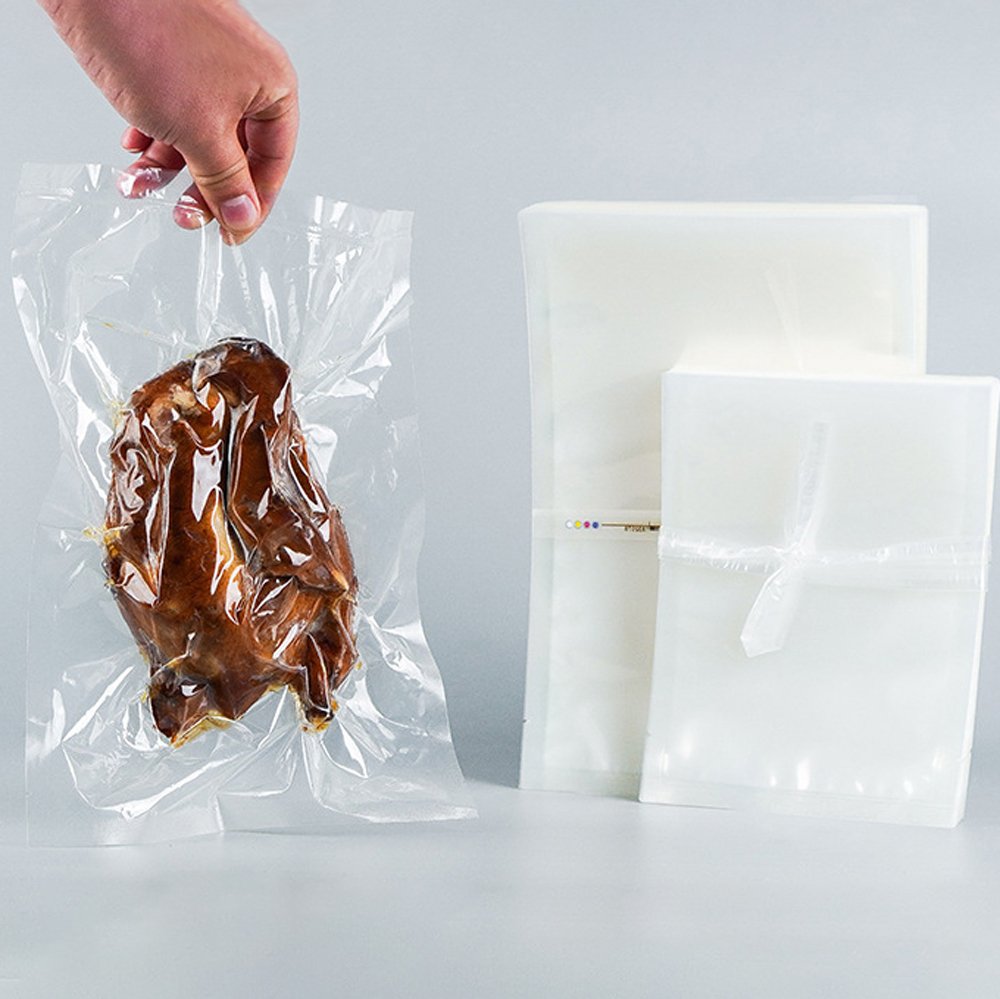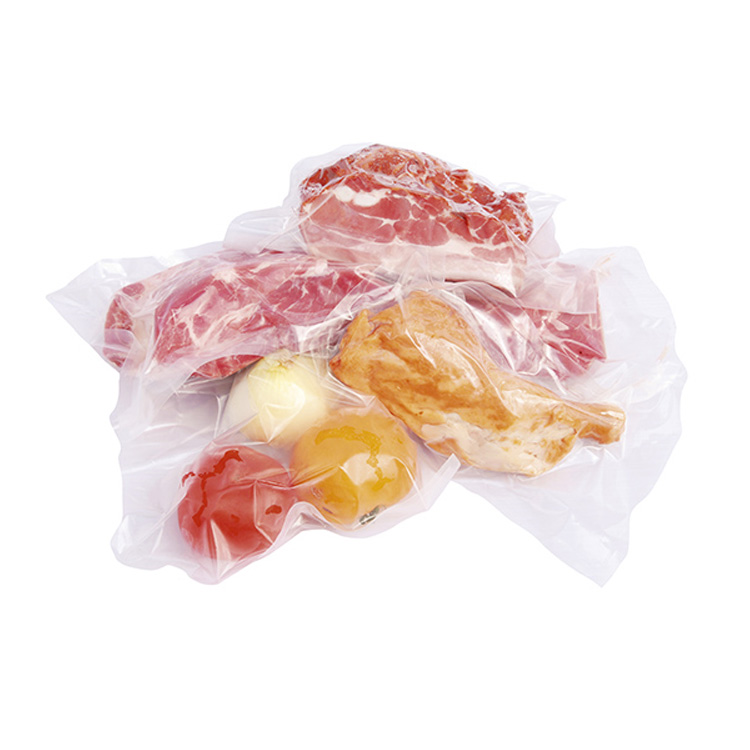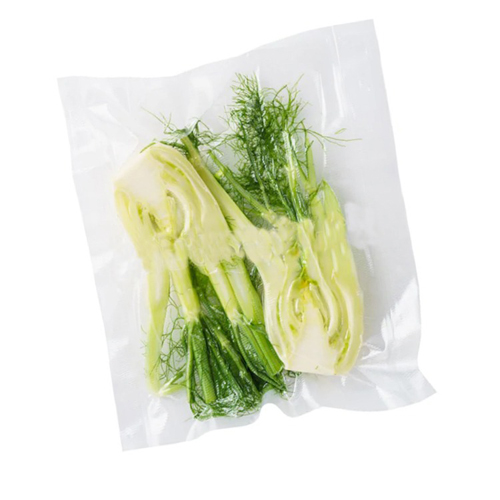High temperature steaming bag is a material used for packaging and transportation of food, which has excellent heat resistance and sealing, ensuring the safety and quality of food during the high-temperature steaming process. Here is a solution case about high-temperature cooking bags:
Customer background:
A food processing enterprise mainly produces all kinds of quick-frozen food, such as dumplings, baozi, Mantou, etc. In order to enhance the market competitiveness of its products, the company has decided to use high-temperature steaming bags to package their products, in order to extend their shelf life and improve their taste.
Problem analysis:
The company faces several key issues when searching for suitable high-temperature cooking bags:
1. Heat resistance: High temperature cooking bags need to maintain their integrity at high temperatures to prevent food spoilage.
2. Sealing: High temperature cooking bags need to have good sealing performance to prevent air and bacteria from entering and maintain the freshness of food.
3. Adaptability: High temperature steaming bags need to be suitable for different types of food, such as meat, vegetables, noodles, etc.
4. Cost effectiveness: The cost of high-temperature cooking bags needs to be controlled within an acceptable range to improve the economic benefits of the enterprise.
Solution:
In order to meet the above requirements, we have provided a high-temperature cooking bag based on polyester for the enterprise. This type of bag adopts a multi-layer composite structure, including materials such as polyester film, aluminum foil, and polyethylene. This structure has the following advantages:
1. Heat resistance: Polyester materials have a high melting point and heat resistance, and can withstand high-temperature cooking processes. Meanwhile, the addition of aluminum foil enhances the heat resistance of the bag.
2. Sealing: The bag adopts a unique composite structure, ensuring good sealing performance. The solvent-free composite technology used in the hot sealing layer ensures the sealing effect at the sealing point.
3. Adaptability: The bag can be customized according to different types of food. For example, for meat products, special antibacterial coatings can be added to the inside of the bag to improve food safety. For noodle products, special breathable membranes can be used to avoid excessive steam pressure during the cooking process, which can cause the bag to break.
4. Cost effectiveness: Although the initial cost of polyester high-temperature cooking bags is relatively high, their excellent performance and long service life can reduce the overall cost of enterprises in the long run. In addition, we have established long-term cooperative relationships with suppliers to ensure the price advantage of raw materials.
Implementation process:
1. Negotiate procurement matters with raw material suppliers to ensure that the quality of raw materials meets standards.
2. Train employees to ensure they understand the production process and quality requirements of high-temperature steaming bags.
3. Regularly maintain and inspect the production line to ensure equipment stability and production efficiency.
4. Through cooperation with suppliers, continuously optimize raw material procurement costs, thereby reducing the total cost of bag production.
Result:
After adopting high-temperature steaming bags, the competitiveness of the company's frozen food in the market has significantly improved. Consumer feedback shows significant improvements in taste, color, and shelf life of the product. Meanwhile, due to the excellent performance of high-temperature cooking bags, the company's products have also maintained good quality during long-distance transportation. From an economic perspective, although the initial investment is relatively large, the cost-effectiveness of high-temperature cooking bags gradually becomes apparent over time. Overall, this solution not only improves product quality, but also brings considerable economic benefits to the enterprise.










